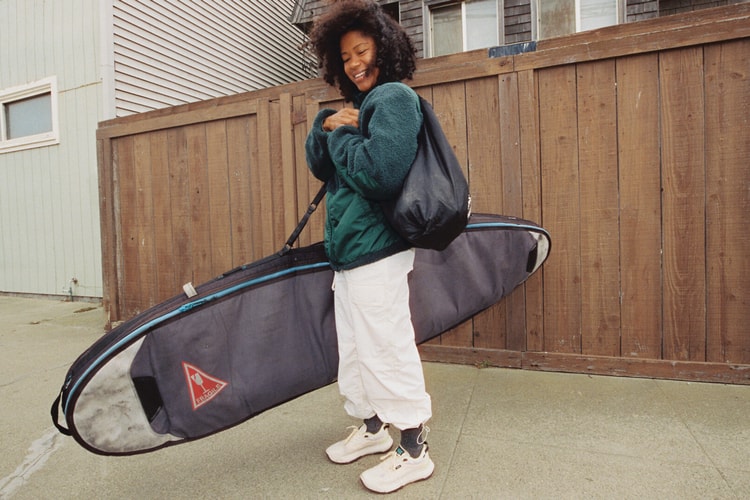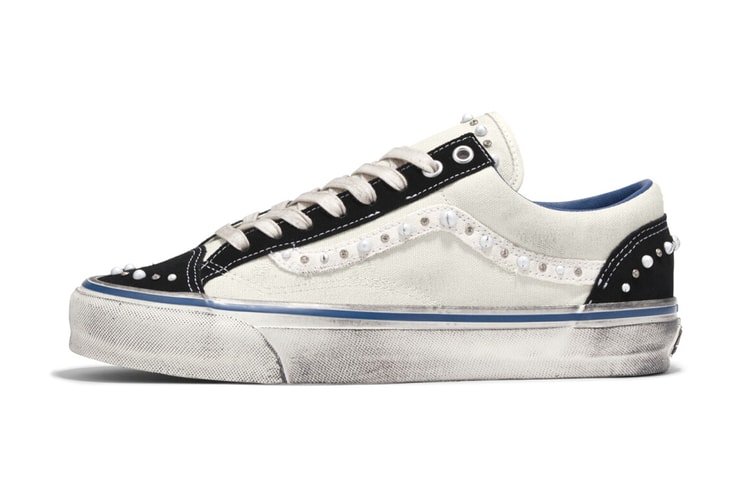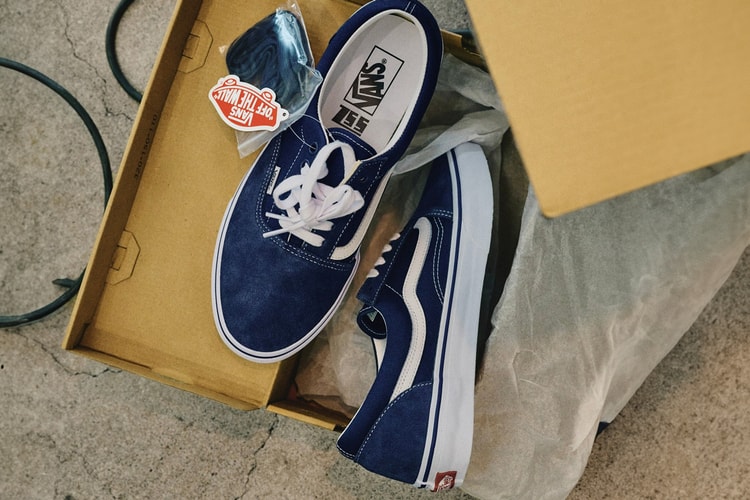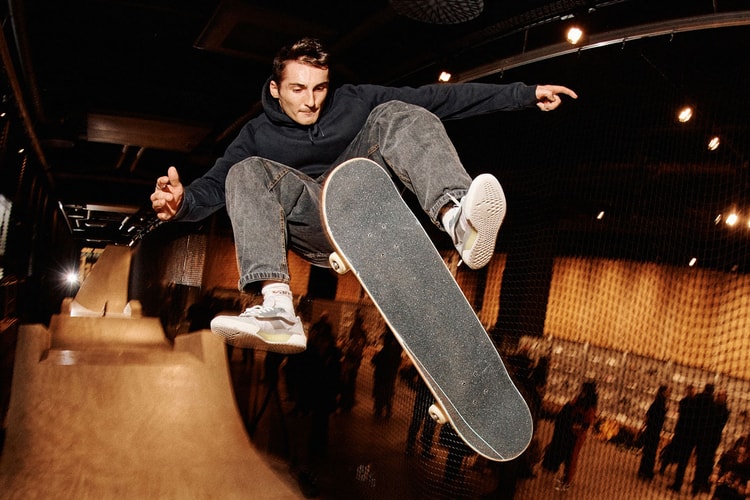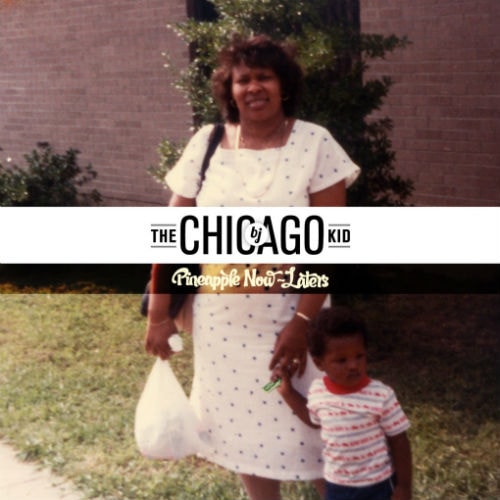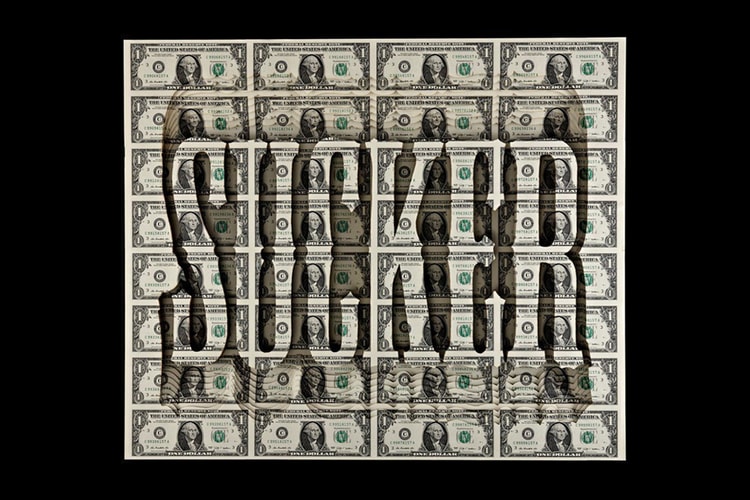FILEP MOTWARY: Kris Van Assche Interview
Since becoming the artistic director for Dior Homme in April of 2007, Kris Van Assche has taken the

Since becoming the artistic director for Dior Homme in April of 2007, Kris Van Assche has taken the French fashion house to new heights with his emphasis on a balance of classic design with a modernist approach. In this interview with Filep Motwary, the Belgian-born designer delves into the recent Dior Homme collection, the frustrations of being a designer, and the definition of a Dior man. Take a look at the excerpt of the interview below and be sure to read the interview in its entirety here.
Hello Kris, how does this phone call find you?
I’m good, thank you.
How would you describe the Dior Homme man for autumn/winter 2011/12?
I have been at Dior for four years now, and I had to struggle with this heritage, and how to present a new “story” for Dior. I concluded that it is not so much about the silhouette or certain details. It is much more about the artisanship, the way the clothes are made. This is the real heritage of the house. The atelier and its expertise was more of an inspiration than just the means to execute a design. Before, a designer would just go to the atelier with a drawing and expect them to make it. Now, I go with a drawing, but I ask them to make the best out of it and really include their opinion as part of the creative process.
I see a return to what we might call “essential”, and I think this is also what has changed since the crisis. Fashion, for me, was never about extravaganzas. I don’t really like clothes that only impress on the catwalk. Now I feel increasingly at ease with just concentrating on what I see as essential, the quality and the way clothes drape on the body. So, yes, there is a form of simplicity, and it goes together with the idea of using only a few colours—whatever really seems necessary. People have said that it’s quite strict, religious even, and it makes me laugh, because frankly it has nothing to do with that. It’s about the perfection of the clothes, getting the shoulders right, seeing how it fits perfectly on the body. It has more to do with precision than strictness. But I guess that’s where my Belgian roots come out—I hear it all the time!
That contradicts something you once said in another interview—that you don’t have a sense of humor.
[laughs] I don’t know. I am quite serious about what I do, but I hope there’s some humour in me.
Is the collection a reflection of the economic down- turn that is still haunting us? How do you respond creatively to a crisis like that?
There is no definition of how one should react to the crisis—any crisis. One could be tempted to work on more classical lines that should be easy to sell. But maybe people wouldn’t buy them because customers are looking for more exceptional pieces instead. There is no manual here. Personally, my reaction to the crisis was to try to define myself.
Is there any tension between the idea and the execution, in terms of the time that separates them?
Oh yes! It is the big frustration of my job. First, you have this initial idea and ideal image of how the clothes are going to look on the catwalk, the show itself, the models. Then you have a thousand technical things that alter all of the above: putting on the zippers, the buttons, choosing the fabrics… There is a lot of detail that alters the dreamy vision you have in mind at first. I always say that developing a collection is five months of struggle not to lose the initial idea. There is even the possibility of things going wrong two days before the show. You have the pieces you like, and they look exactly as you had them in mind, and then you need to find the right boy to fit the jacket. The wrong choice of model can be fatal for a look.
How do you find the right boy?
It’s really very difficult. Truly, I spend a lot of time doing the casting. Every time I have this specific type I am looking for. For my own label I have 25 models, so for Dior I use 40 or 45—it’s a lot. There are always 15 who are good and three I really like and see as perfect for the concept. I always wish I could clone those three.
Who is the Dior man?
There is not one type of man, and certainly there is a difference between Dior Homme and my own label. For Kris Van Assche I become the client—I make clothes that I want to wear myself, things that are very close to my personal tastes. At Dior, I have a more spherical point of view, in order to satisfy the diversity of their clients. We have the younger customers, who tend to choose pieces that are much more crazy than anything I would wear, but there is also the traditional type who wishes for a tailored suit, a politician or a businessman, maybe. In order to make the perfect suit, I always push myself to get inspired by the challenge and bring out more tailored pieces, like a tailored jacked worn inside out.
Photography by Vassilis Karidis



